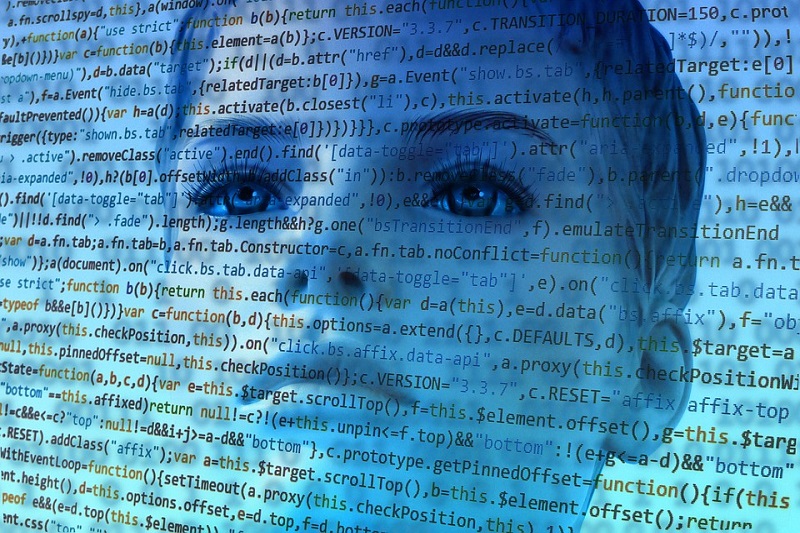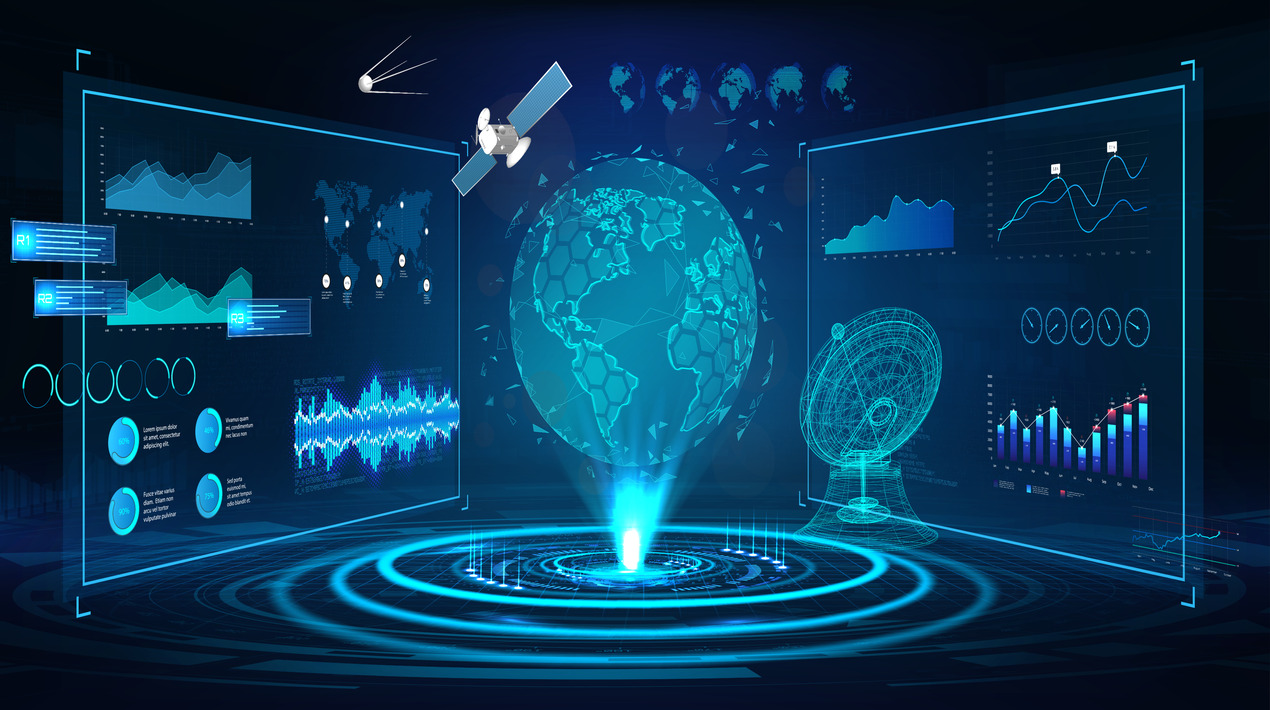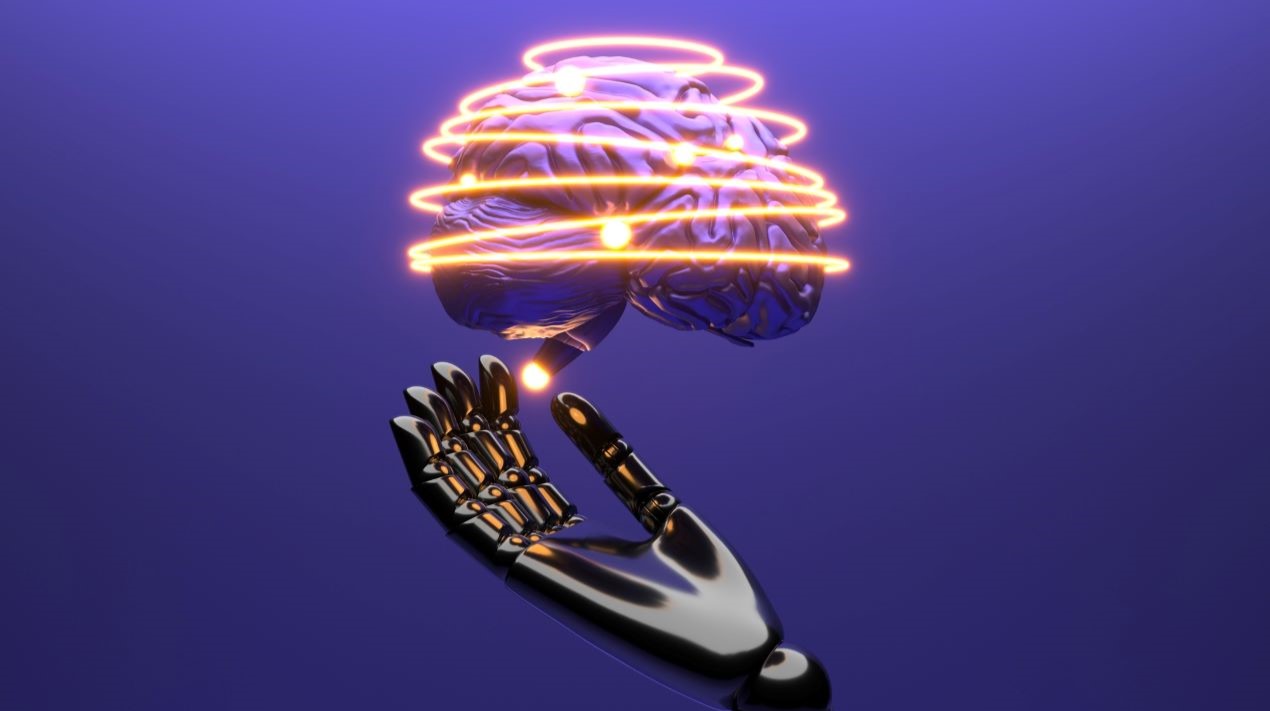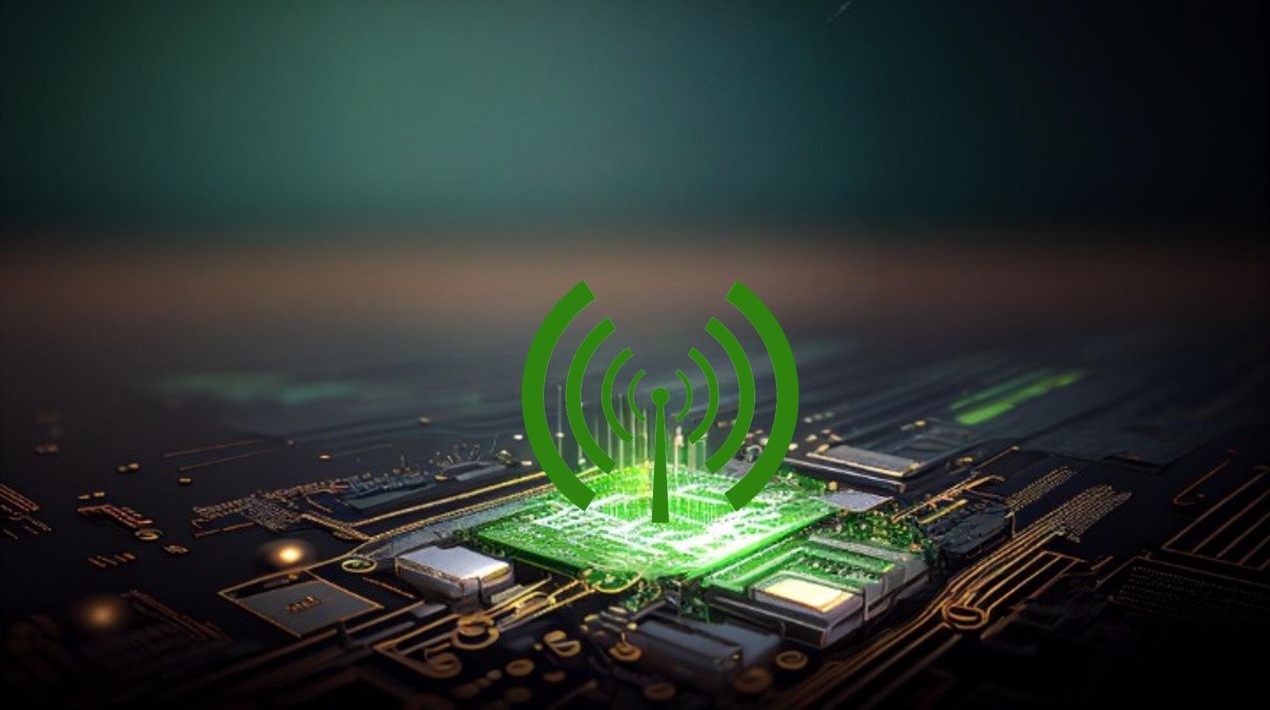
A new research project at The Australian National University (ANU) will focus on designing Australian values into artificial intelligence (AI) systems.
According to a recent press release, the ‘Humanising Machine Intelligence’ project brings together philosophers, social scientists and computer science experts to design AI that represents and promotes “Australian values”.
Associate Professor Seth Lazar, a philosopher, will be leading the project, which will be receiving over AU$ 1.5 million in funding each year, for at least the next three years.
Artificial Intelligence in everyday lives
AI now underpins all aspects of the economy, from smartphones and search to recruitment, credit scores, and high finance.
At the same time, all branches of the Australian public service are looking at how AI can help deliver services more efficiently and fairly.
As Australians increasingly come to rely on systems like these, it is crucial to get their values right from the start and not wait for a process of trial and error, with potentially catastrophic results.
Machine intelligence has the power to realise incredible positive change. But it can also replicate the social injustice embedded in the data on which it is trained.
AI is a decision technology. It has a ‘picture’ of the world, and a set of goals to achieve. It must be guaranteed that it sees the world in a way that Australians endorse, and that its goals reflect Australian priorities.
This means making fundamental progress not only in machine learning and other areas of AI, but also in philosophy and social science.
About the project
To design Australian values into AI systems, there is a need to understand Australians and then represent them in a way that a computer can act upon.
Beyond designing AI systems themselves, this is also about shaping the governance structures that make moral machine intelligence not just possible, but probable.
Since AI cannot be morally neutral, as explained by the Associate Professor, they have to decide what values they want to build into it. As a democracy, this is something that all Australians need to consider.
When they say that they want to shape machine intelligence around Australian values, they are not presupposing what those values are, or that there is one set of ‘Australian’ values.
On the contrary, the opposite is true. Australia, like any society, is filled with moral disagreement.
And that disagreement is settled through the democratic process. This is not merely done by voting, but also through deliberation, public discussion, press scrutiny, and review.
Machine intelligence is no different. The values built in should be democratically legitimate.
The Humanising Machine Intelligence project is funded under the ANU Grand Challenges scheme.
This brings the University’s researchers from different disciplines together to solve the most pressing challenges facing the world today.




















